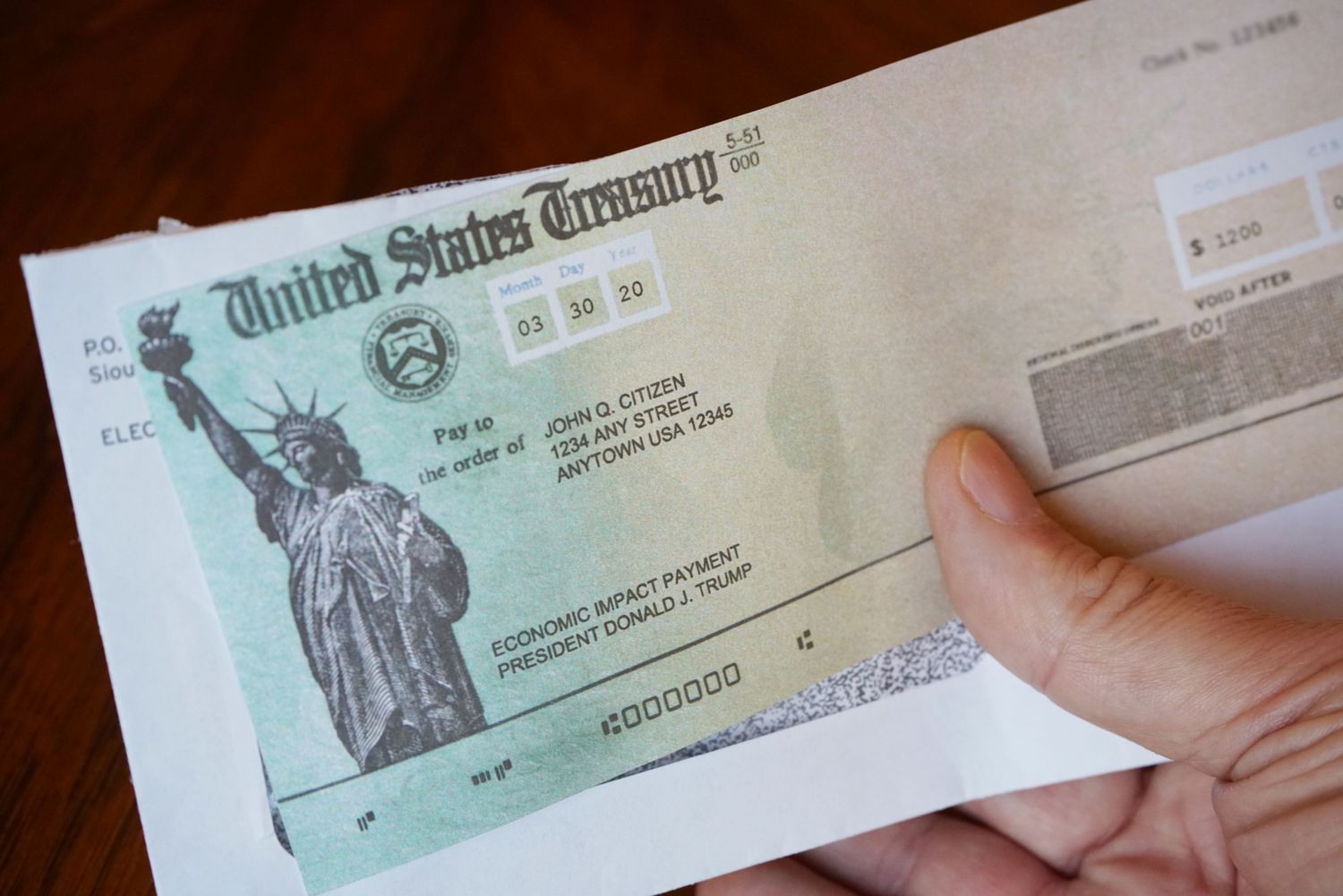As former President Donald Trump weighs a possible return to the White House in 2024, many Americans are wondering if another round of stimulus checks might be on the way. During his first term, Trump authorized two rounds of direct payments to help Americans cope with the economic difficulties brought on by the COVID-19 pandemic. The first round, in March 2020, sent up to $1,200 to individuals, and the second, in December 2020, provided up to $600 per person. These payments gave much-needed relief during a period of unprecedented hardship.
However, the current economic landscape is much different than it was in 2020. Key indicators such as the unemployment rate and the performance of the stock market suggest that the worst of the economic crisis has passed. As a result, the likelihood of another stimulus check under Trump’s leadership is uncertain. Additionally, inflation concerns, partly driven by previous stimulus payments, have shifted political priorities away from direct financial aid.
A Look Back at Previous Stimulus Checks
To understand where things stand today, it’s helpful to take a look back at the previous stimulus payments under Trump’s administration:
| Stimulus Round | Payment Amount | Date Issued |
|---|---|---|
| First Stimulus Check | Up to $1,200 | March 2020 |
| Second Stimulus Check | Up to $600 | December 2020 |
These stimulus checks were implemented to support Americans during the economic downturn caused by the pandemic. Later, in March 2021, President Joe Biden authorized a third round of payments worth up to $1,400 per person through the American Rescue Plan. While these payments helped millions of people, they also sparked concerns about their long-term effects on inflation.
Trump’s Economic Proposals for a Second Term
While another round of stimulus checks does not appear to be part of Trump’s plans for a potential second term, he has proposed several measures aimed at reducing the financial burden on working- and middle-class Americans. These proposals focus on tax cuts and financial relief through various incentives:
- Eliminating Federal Taxes on Tips, Overtime, and Social Security Payments: This would help workers in the service industry and those who work overtime take home more of their earnings.
- Tax Incentives for American-Made Car Purchases: Trump has suggested offering tax breaks to those who purchase American-made vehicles, which could boost domestic production.
- Affordable In Vitro Fertilization (IVF): Trump has proposed subsidies or mandates for insurance coverage of IVF, aiming to make it more affordable for families seeking reproductive assistance.
- Removing the SALT Cap: Trump has vowed to remove the $10,000 cap on state and local tax (SALT) deductions, which would benefit high-tax states like New York and New Jersey.
These proposals suggest that Trump’s second-term focus would be more on tax benefits and incentives rather than direct payments.
Why a New Stimulus Check Is Unlikely
Stimulus checks are usually issued in times of major economic distress, such as high unemployment or a deep recession. The current economic situation, however, is quite different from the pandemic:
- Economic Growth: The stock market is showing positive growth, signaling a resilient economy.
- Low Unemployment: Unemployment is currently low at 4.1%, reducing the need for widespread government assistance.
- Inflation Concerns: Previous stimulus payments, particularly those issued in 2021, have been criticized for contributing to inflation, which reached 9.1% in mid-2022. Although inflation has since moderated, there are still worries about it rising further if more direct payments are issued.
Given these factors, there is little support for additional stimulus checks, especially among Republican lawmakers who have opposed such measures due to their impact on inflation.
The Political Landscape and Stimulus Support
The political climate today also makes it unlikely that a new stimulus check will be issued. Both the House and Senate are controlled by Republicans, many of whom are against further direct payments. Their primary focus is on curbing inflation and reducing government spending, both of which conflict with the idea of issuing additional cash handouts.
Furthermore, Trump’s economic platform for a potential second term centers on tax cuts and targeted financial relief, rather than universal cash payments. This approach aims to stabilize the economy without adding to inflationary pressures.
Potential Changes Under a Trump Administration
If Trump returns to the White House, his administration might seek to reverse some of the policies put in place by President Biden, especially those aimed at boosting spending and promoting green energy. These could include:
- Reversing Environmental Credits: Biden’s administration invested heavily in incentives for electric vehicles and energy-efficient home appliances. Trump may choose to reduce or eliminate these credits to focus on reducing federal spending.
- Clawing Back Unspent Funds: Trump has proposed cutting unspent pandemic relief funds. Reducing federal spending may be a key focus of a second Trump administration.
While these changes could affect the availability of certain benefits, they align with Trump’s goal of controlling inflation through spending cuts.
Conclusion
In conclusion, while a new round of stimulus checks under Donald Trump’s leadership seems unlikely, his economic proposals focus on offering relief through tax cuts and financial incentives. The current economic environment, with low unemployment and moderate inflation, doesn’t create an urgent need for direct payments. Instead, Trump’s second-term agenda would likely focus on stabilizing the economy through tax reforms and reducing government spending. The effectiveness and political feasibility of these measures remain to be seen, but it’s clear that the focus is shifting from pandemic-era handouts to broader financial reforms.








